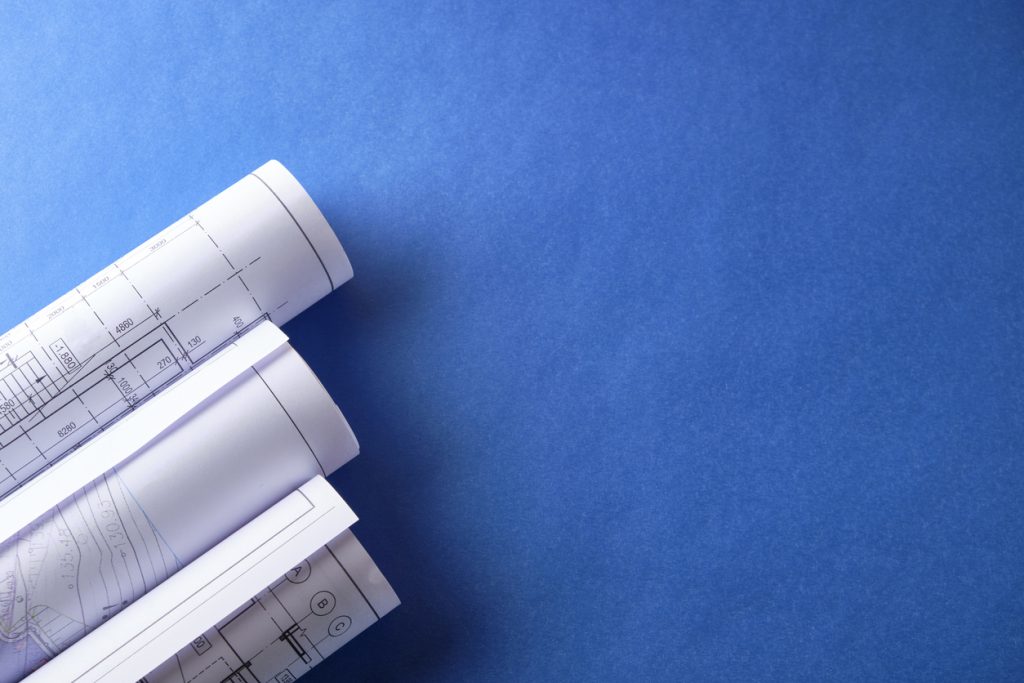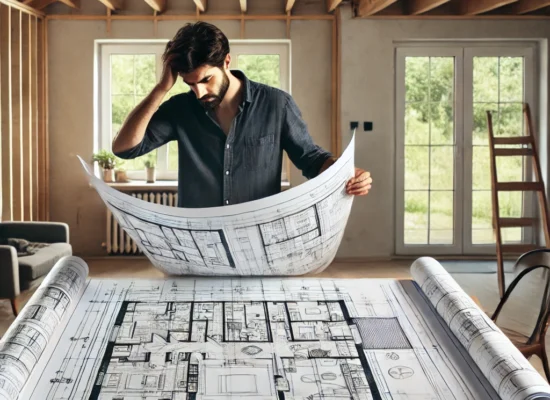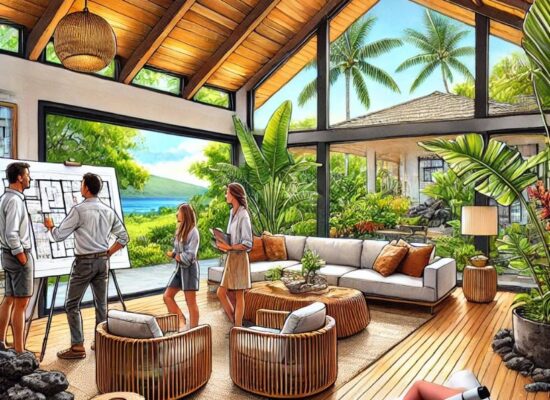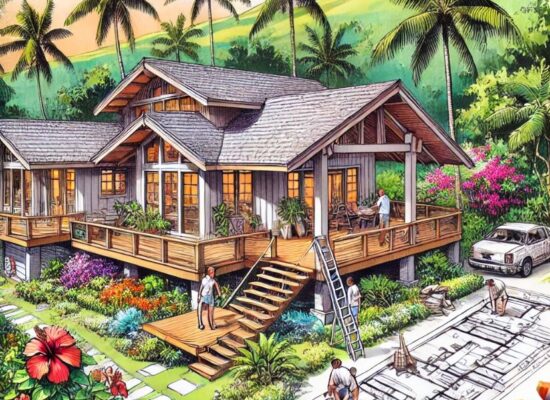The National Caucus of Environmental Legislators (NCEL) and Senator Dela Cruz introduced a compilation of measures centered on natural resources, a growing sustainable economy, environmental protection, and conservation. Senator Cruz understands that Hawaii, situated in the middle of the Pacific Ocean, must take the lead in addressing climate change, protecting natural resources, and growing a sustainable economy.
Senate Bill 2060
This measure would update Hawaii’s “Coastal Zone Management Plan” to allow for improved protection of the state’s valuable ecosystem, which includes beaches, reefs, and dunes. Additionally, SB2060 will:
- Mitigate coastal hazards, such as sea-level rise, storm surges, and high tide
- Promote studies of sea-level rise and how developments along Hawaii’s coast will impact the ocean and coastal resources
- Ban activities in Special Management Areas unless no notable adverse environmental or ecological impact
- Direct the state to oversee and fund beach protection and management and protection
- Require applicants to verify that their land alteration proposals would minimize hazards from the rise of sea level and cause minimum adverse effect to beaches and coastal dunes
SECTION 3. Objectives
1. Recreational Resources
Ensure coastal recreational opportunities are accessible to the public.
2. Historic Resources
Protect and preserve natural and human-made historic and prehistoric resources in the coastal zone management.
3. Scenic and Open Space Resources
Protect, preserve, restore and improve the quality of coastal scenic and open space resources.
4. Coastal Ecosystems
Protect vital coastal ecosystems such as reefs, beaches, and coastal dunes from disruption. Minimize adverse impacts on all coastal ecosystems.
5. Economic Uses
Provide necessary private or public facilities and improvements in suitable locations significant to the state’s economy.
6. Coastal Hazards
Reduce hazards that affect life and property from coastal hazards.
7. Managing Development
Improve the development review process, communication, and public participation in managing coastal resources and hazards.
8. Public Participation
Encourage public awareness, education, and participation in coastal management.
9. Beach and Coastal Dune Protection
Protect beaches and coastal dunes for public use and recreation, benefit coastal ecosystems, use natural buffers against coastal hazards, and coordinate and fund beach management and protection.
10. Marine and Coastal Resources
Protection, use, and development of coastal and marine resources to ensure sustainability are needed.
How Does SB2060 Affect Affordable Housing in Hawaii?
In his speech for the Sierra Club Hawaii, Jonathan Likeke Scheuer in December 2020, explained that he had been a member of the state’s Land Use Commission for seven years. The LUC moves land from Hawaii’s conservation and agricultural districts into the urban community used for housing and other purposes.
Scheuer says the Housing Crisis in Hawaii is not about having too few houses. He added that housing available was housing most residents could not afford. He also touched on ensuring significant regulation of price and the assurance that people will live in the homes and attend to them wisely. Fortunately, in 2006, the state instituted the “201H process” to speed up constructing well-built, affordable housing timelines.
Mr. Scheuer suggests these ideas:
1. When developers promise construction but do not get around to the task, they are not, at this time, given a hearing in the Legislature.
2. Funding for the Department of Hawaiian Homelands should be a priority for the Legislature, as per the Hawaiian Homes Commission Act.
3. Affordable housing must meet the needs of native Hawaiians before others by partnering with the Mutual Housing Association of Hawaii or the Hawaiian Community Development Board. As Mr. Scheuer says:
“The way we define a problem determines the way we define its solution. The self-serving cries about an ill-defined “housing crisis” have led us largely to “solutions” that only exacerbate our problems.”
Owner Built Design, LLC

Building a house in Hawaii certainly comes with a distinct set of rules. If you have plans to build a home, you need to know the following:
- Hawaiian housing market prices continue to increase.
- In many areas, existing homes are not available.
- Multigenerational housing and Accessory Dwelling Units (ADUs) are affordable and flexible.
- Builders stick with these parameters — sustainability, tax-relief plans, and longevity.
Hawaii is one of the world’s beautiful areas, and many individuals and families have longed to build a home on the island. But dreamers need to realize that the guidelines for making a home in Hawaii are quite different from the rules and regulations in other states.
You will need a designer, contractor, builder, and architects to dot all the “I “s and cross all the “T” s. It’s possible, however, especially if you have the assistance of trained Hawaiian builders and designers.
At Owner Built Design, we can offer advice concerning erosion, creating an ADU, designs for a new home or an addition, engineer coordination, drafting, and, best of all, permit processing.
Contact us here at Owner Built Design, LLC, and let us serve as your guides through the entire build.



